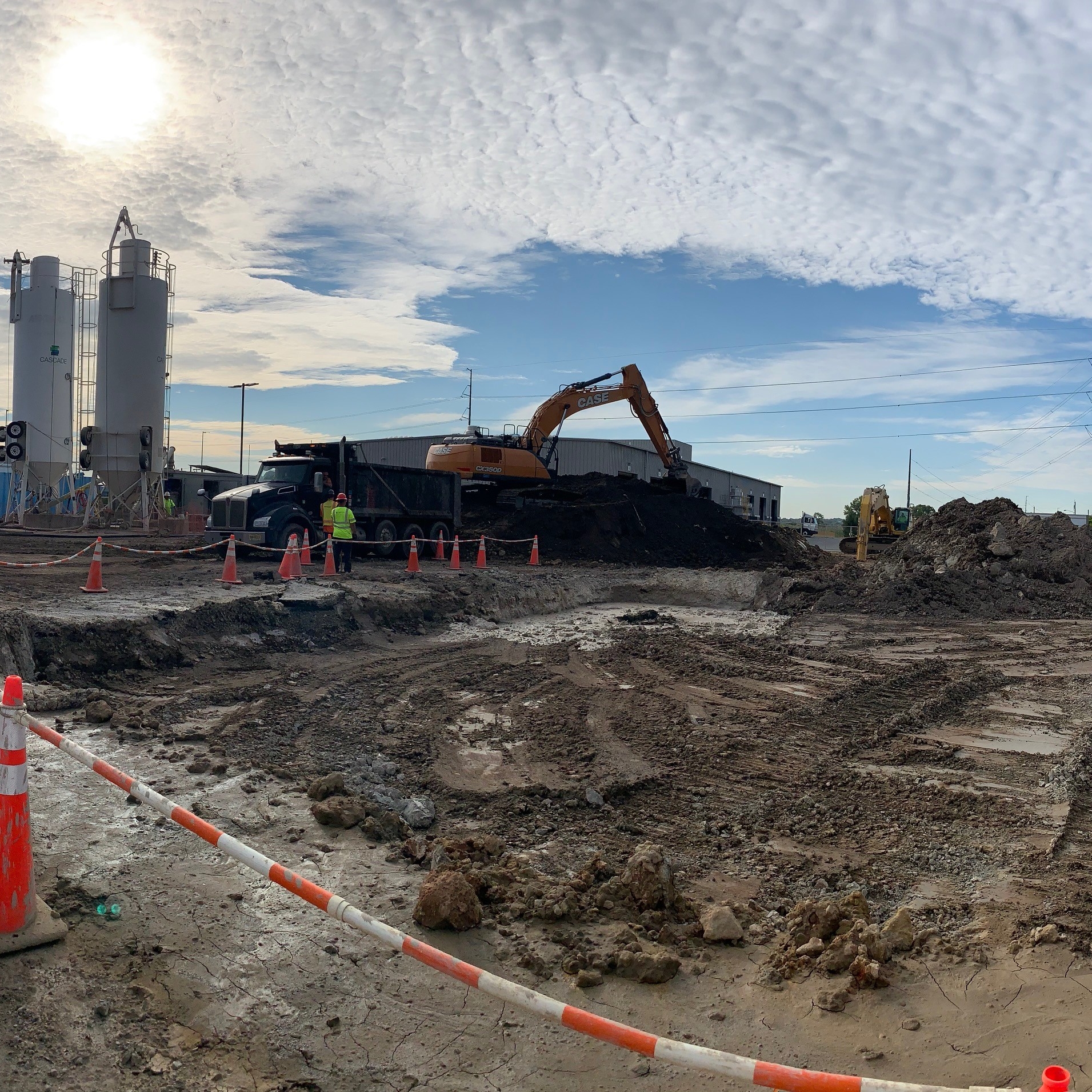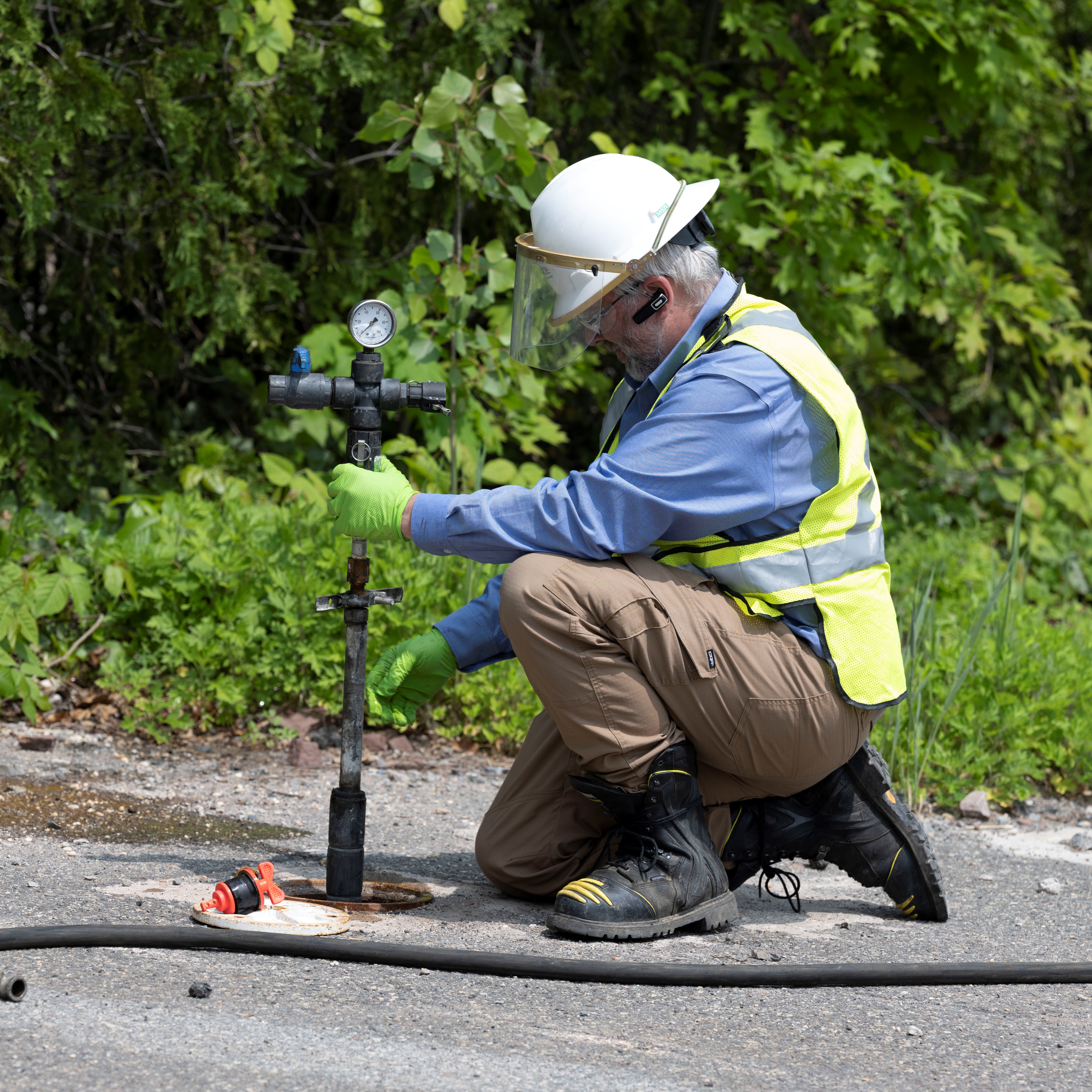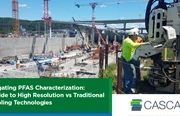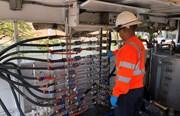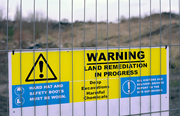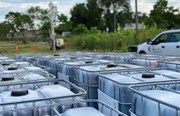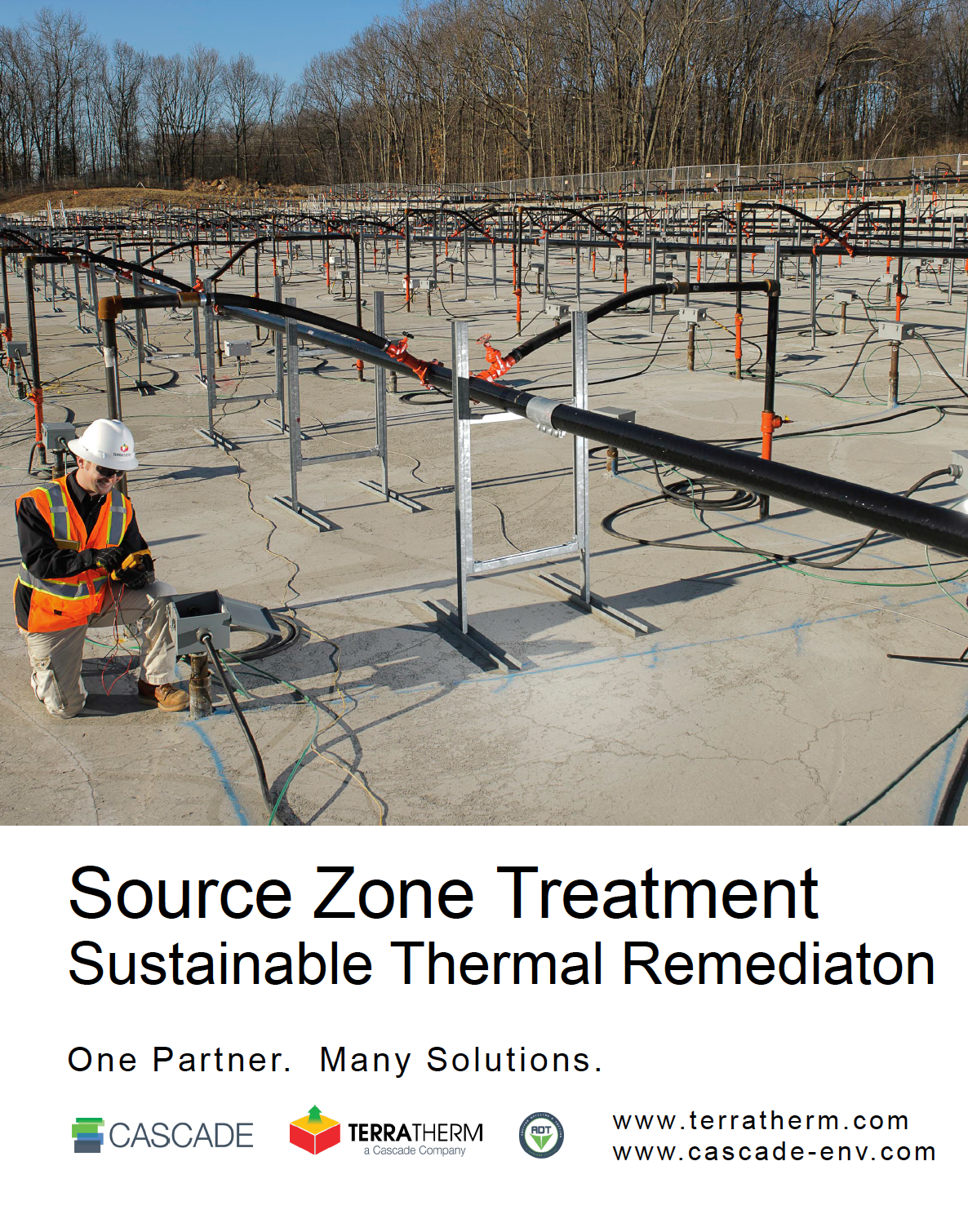Ask the Expert
Is it possible to drill in tight spaces and overcome challenges traditional rigs can't?
Short Answer: Yes, you can.
Within the drilling industry, the concept of limited access encompasses a diverse range of spatial, ventilation, terrain, or operational limitations. It’s often referred to as restricted access but there is a difference between the two.
Restricted access refers to a site where the location literally restricts modes of access. This might mean it’s in the middle of a field or in a wooded area, with no paved road or driveway leading to it. Limited access refers to a location that limits the tools and resources that can be used, usually due to a small footprint—think of a narrow alleyway or an indoor location with height restrictions.
When encountered during drilling operations, these constraints necessitate the implementation of specialized adaptations to drill rigs. Limited access rigs are vital for tackling drilling challenges in confined spaces. Their compact size makes them ideal for crowded urban environments, while their low profile allows them to operate under restricted overhead clearances. Additionally, these rigs can be equipped with electric or alternative engines, ensuring safe operation in poorly ventilated spaces.
Even if a contractor has the equipment, it’s important that they have experience, too. Ask if their drillers have worked on limited and restricted access projects in the past and how they overcame challenges related to the space.
Contact Us

